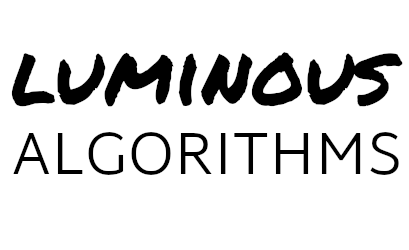Freeform optics is a rapidly growing field in optical engineering that is focused on the design and fabrication of non-spherical optical surfaces.
Unlike traditional spherical optics, which are limited by spherical aberrations, freeform optics allow for more complex and intricate shapes to be created. This results in a number of benefits, including improved performance, increased functionality, and reduced size and weight. The use of freeform optics is becoming increasingly common in a wide range of applications, including automotive headlamps, imaging systems, projectors, and laser systems.

The design of freeform optics is a complex process that involves the use of advanced software tools and computer-aided design techniques. Fabrication is equally complex, requiring the use of specialized tools and techniques, such as precision diamond turning and milling, to achieve the desired surface accuracy and finish. With the continued growth of technology and the increasing demand for high-performance optical systems, the use of freeform optics is expected to grow rapidly in the coming years.
classical approach to compute freeform surfaces
Software for generating freeform surfaces uses optimization algorithms and mathematical models to design the desired optical surface. The process typically involves the following steps:
- Define the system requirements and specifications, such as the desired optical performance, size and shape of the optical surface, and the materials used.
- Represent the surface mathematically using a set of parameters, such as Zernike polynomials or Bezier curves.
- Use optimization algorithms to find the best set of parameters that meet the specified requirements and constraints.
- Simulate the performance of the surface using computer models and algorithms to evaluate the optical performance, including wavefront distortion, aberrations, and other factors.
- Repeat the optimization process until the desired performance is achieved.
- Convert the mathematical representation of the surface into a physical model, either using computer-aided design (CAD) software or by directly fabricating the surface using specialized tools.
Numerical optimization algorithms, used in the design of freeform optics, have some limitations, including:
- Convergence issues: The optimization algorithm may not find the global optimum solution or may converge to a local optimum solution instead of the global optimum.
- Computational time: The optimization process can be time-consuming and may require a large amount of computational resources.
- Sensitivity to initial conditions: The optimization process can be sensitive to the initial conditions, which may result in different solutions for the same problem.
- Non-linearity: The optimization process assumes linearity between the input parameters and the optical performance, which may not always be accurate for complex optical systems.
- Model limitations: The accuracy of the optimization process is limited by the accuracy of the mathematical models used to represent the optical system.
- Convergence to suboptimal solutions: The optimization algorithm may converge to a suboptimal solution if the algorithm does not have enough information about the solution space.
it’s time for a new approach
luminous algorithms aims to overcome the limitations of the classical approach using a multidimensional parametric model of the light field. From this model an optical surface can be computed directly.
This new approach allows to generate high resolution optical surfaces, that can be manufactured by conventional methods like diamond turning or milling.
Let’s get in contact, to see what our software can do for you…
